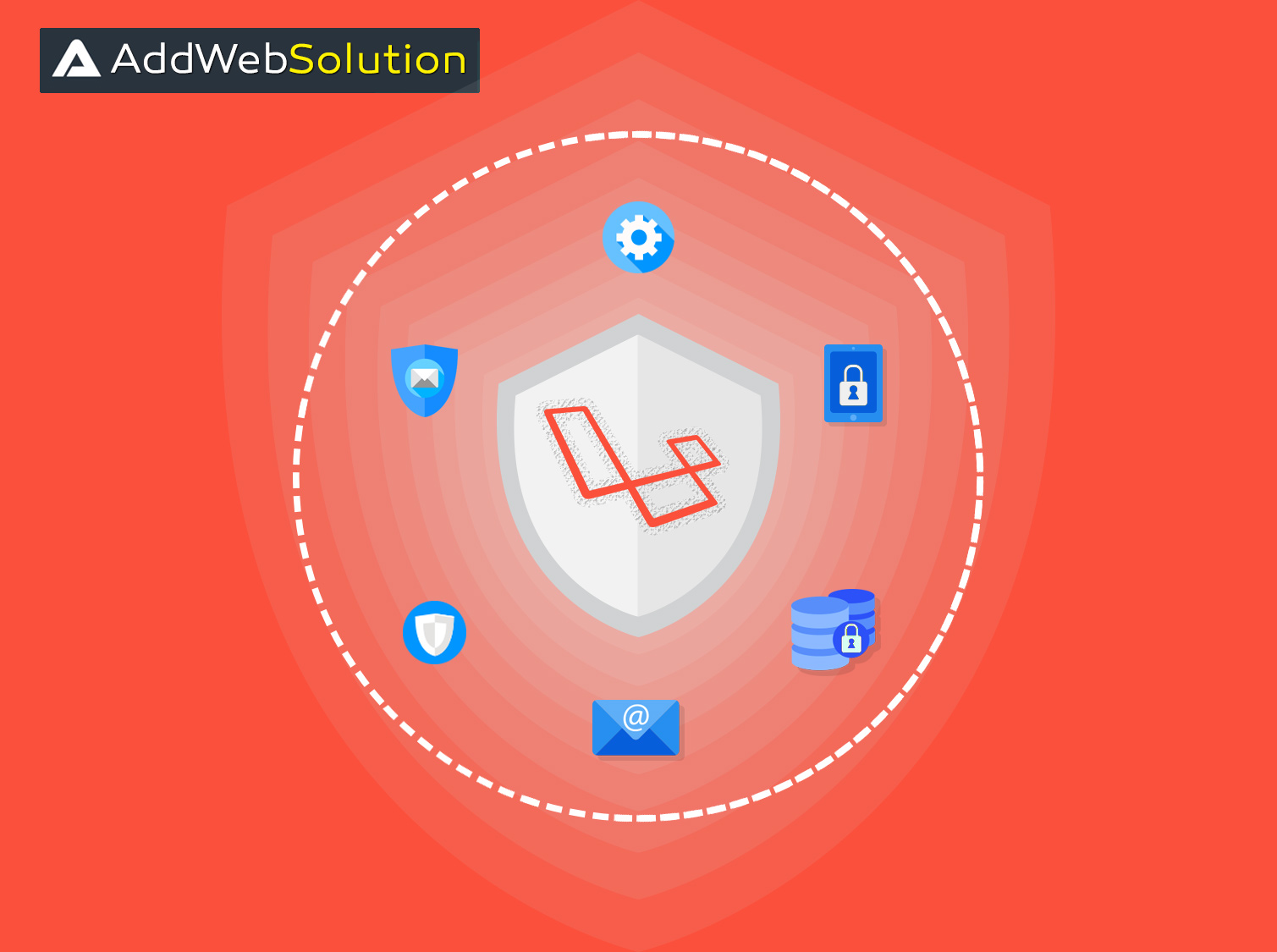Introduction
- Security is most important part of the website.
- Laravel provides different mechanisms to secure website.
- Its give surety to the users of the website that their data is secured.
Configuration
- Laravel implements authentication it’s very simple.
- The authentication configuration file in app/config/auth.php directory.
- Laravel give default model as User model which is located in app/models.
Storing Passwords
- Laravel development service provides Hash class for secure Bcrypt hashing
- make() function will take the value as an argument and will return the hashed value
Verifying A Password Against A Hash:
Checking If A Password Needs To Be Rehashed
Authenticating Users:
- Another main security feature is authenticating the user and perform some action.
- When log a user into your application, you may use the Auth::attempt method.
- When the attempt method is called, the Auth::attempt event will be fired. If the authentication attempt is successful and the user is logged in, the Auth::login event will be fired as well.
- The Auth::attempt method will take credentials as argument and will verify those credentials against the credentials stored in database and will return true if it is matched or false otherwise.
Determining If A User Is Authenticated
- If the user is already logged into your application, you may use the Check method:
Authenticating A User With “Remembering”
- If you like to provide “remember me” functionality into your application then you just pass true as the second argument in the Auth::attempt method :
Determining If User Authed Via Remember
If you are “remembering” user logins, you may use the viaRemember method to determine if the user was authenticated using the “remember me” for cookie:
Accessing The Logged In User
When user is authenticated , you may access the User model/ record:
When authenticated user retrieve user’s ID, you may use the id method:
Validate User Credentials for Without Login
The validate method allows you to validate a user’s credentials without logging into the application:
Logout Logged In User
Manually Logging Users
If you need manually logged in in the application, you may just call the login method:
This is equivalent to logging in a user via credentials using the attempt method.
Protecting Routes
Route filter allows for only authenticated users to access routes. Laravel provides auth
Filter by default:
CSRF Protection
Laravel provides method for protecting your application from cross-site request forgeries :
CSRF Token used Into Form
Validate The Submitted CSRF Token
Avoiding SQL Injection
- SQL injection vulnerability exists when an application inserts unfiltered user input in the SQL query.
- By default Laravel protect your query builder and Eloquent with use PHP Data Objects (PDO) class.
- PDO allows you to safely pass any parameters.
Cookies
- In Laravel, it very easy to create, read, and expire cookies with its Cookie class and cookies is automatically signed and encrypted.
Forcing HTTPS when exchanging sensitive data
- HTTPS prevents attackers on the same network to intercept private information such as session variables, and log in as the victim.
Hope this helps you well, feel free to add your comments/feedbacks and need more assistance regarding laravel services or OctoberCMS development services, be in touch
Frequently Asked Questions
Ensuring security in your Laravel app is crucial to protect sensitive data, prevent unauthorized access, and maintain a safe user experience. It’s like putting a lock on the door to keep your digital space secure
Laravel has built-in defenses like SQL injection prevention, Cross-Site Scripting (XSS) protection, and Cross-Site Request Forgery (CSRF) tokens. These features act as your app’s digital bodyguards, fending off common online threats.
CSRF protection is like giving your users a secret handshake. Laravel generates and checks tokens to ensure your app’s requests are genuine, preventing bad actors from pretending to be someone they’re not.
Encryption is like turning your sensitive information into a secret code. Laravel uses it to secure data like passwords. It ensures that even if someone tries to peek, they’ll only see a jumble of characters.
Think of SQL injection as a sneaky way to trick your database. Laravel’s smart enough to use a language it needs help understanding, making it impossible for these tricksters to mess with your data.
Absolutely! Laravel handles the heavy lifting of things like user logins and password resets. Plus, it provides an easy way to decide who can access what in your app.
Just like your phone gets updates for new features and security patches, Laravel does too. Keeping your Laravel version up-to-date ensures you have the latest security measures.
Sure thing! 2FA is like having a second lock on your digital front door. Laravel supports it, adding an extra layer of security by asking users for a second verification step during login.
